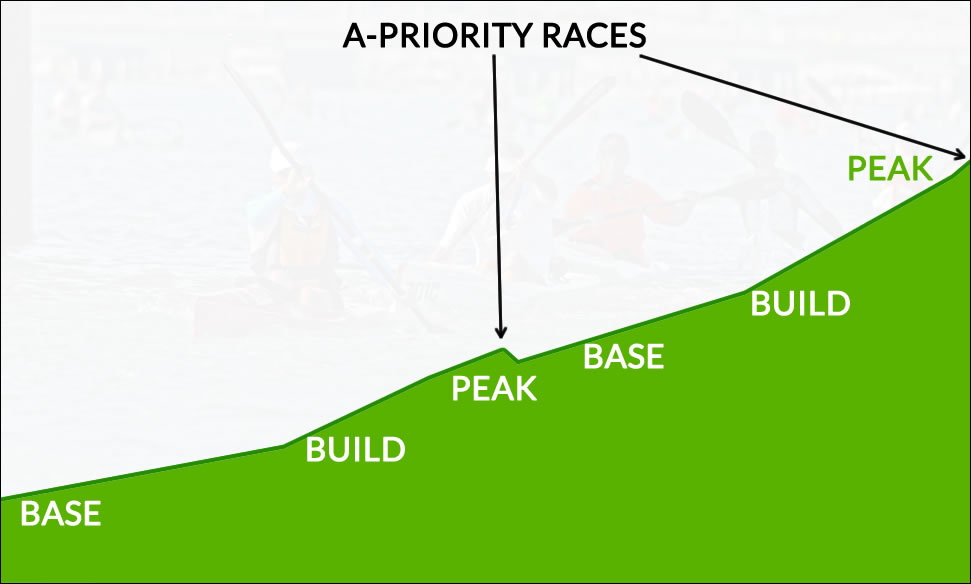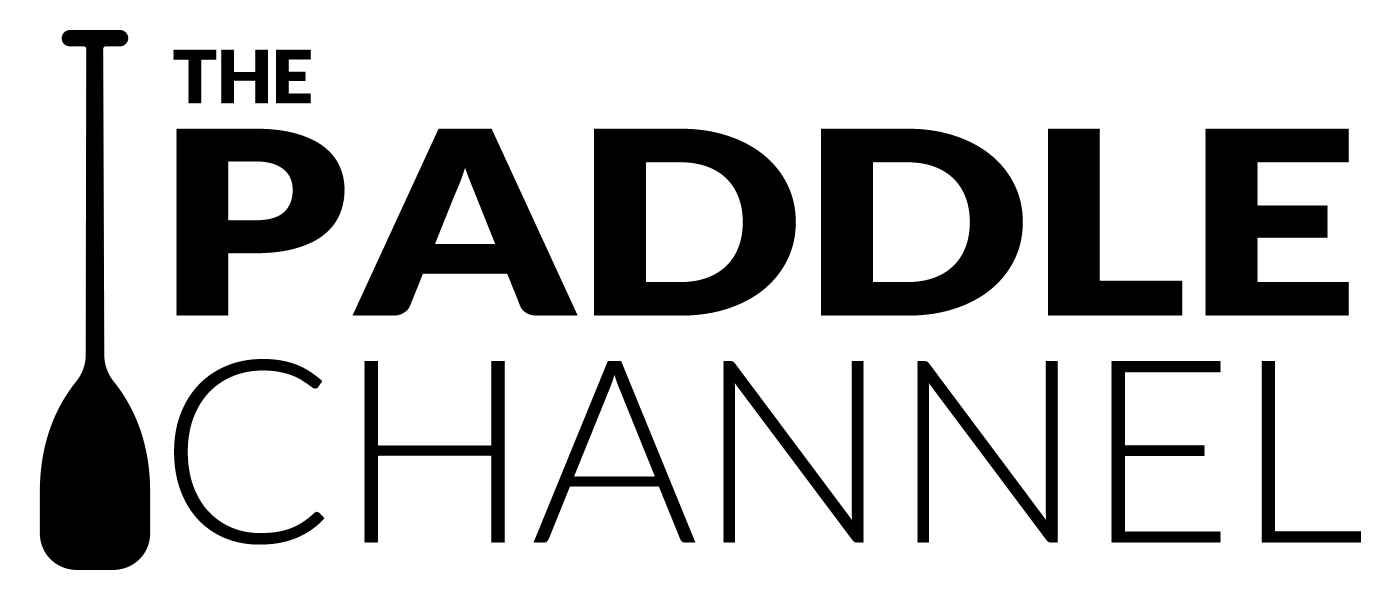An effective stand up paddle or outrigger canoe training plan generally starts with you, the paddle athlete, prioritizing your races throughout your race season. Then your training plan works to have you peak for your most important races. We’ve put together some quick guidelines to help you prioritize your races and integrate them into your training year.
Why Prioritize Races?
It’s a simple physiological fact that an athlete cannot maintain peak race performance all season. The body needs time to build peak fitness and to recover from the stress of hard training and racing, so it’s important to plan your race season wisely.

The first step to a great race season is to choose the highest priority races in which you want your best possible performance. I know, I know, you want to do your best in ALL the races, but physiologically, it’s just not possible to maintain a peak for every single race. The good news is that with careful planning, you can do well in all your races, your big epic event AND your weekly local paddle races. But relatively speaking, you want to be in your best form for your most important paddle racing events.
This is why most of our SUP and outrigger canoe training plans utilize linear periodization, in which you establish a base of aerobic fitness, then build speed and race form, and finally taper to prepare for optimal performance on race day. After the priority race date, you do a quick transition period to recover, then you get back to your structured training again. But this time, you’ll be building your base on top of all the gains you’ve already made during the season.
With this in mind, we encourage athletes to prioritize their races using the following model, so they can peak for the most important races in their training year.
A-Races (Your Priority Races)
A-races are your most important races, and they usually determine your season’s goals. Your goal might be to finish or set a PR in an epic event, like Chattajack or Molokai 2 Oahu, to place well in local or international rankings like the World Rankings at paddleleague.com, or to just beat that other paddler who always seems to edge you out at that one big race.
How Many A-Priority Races Can You Do in a Season?
Because it takes a while to properly build, peak and recover for optimal race performance, we recommend no more than 3 A-races in a season.
If possible, give yourself at least 17 weeks to prepare for your first A-race, and then give yourself at least 12 weeks between A-races to properly build to your next peak. Stage races and races that happen on consecutive days in a single weekend are considered as one race. Also, it is possible to maintain your race peak for up to three weeks, so you can also schedule A-races on back to back weekends.
How to Prepare for A-Priority Races
Prior to an A-race, you should follow a carefully crafted 1-2 week peak period prior to race week. During this peak period, or taper, you’ll reduce volume but maintain intensity. The peak helps you arrive on race day in the best possible condition, full of energy and in good race form. If your peak is too short, you may find yourself lacking energy on race day. Too long, and you’ll lose fitness.
Training Platform Tip: If you’re using our training platform, and you don’t know the exact date of your A-race, just enter an approximate date when you set up your training plan. When the date is firmly announced (or if the date changes for some reason), just update your target date, and the Training Platform will automatically adjust your plan to have you peak for new date.
B-Races
B Races are important, and you want to do well, but they’re not as important as your A-races.
How Many B-Priority Races Can You Do in a Season?
We recommend no more than 8 B-races in a season. If you do more than this, your season will consist mostly of tapering – which is not the way to increase fitness.
How to Prepare for B-Priority Races
Before a B-race, do a “mini-taper” by reducing training for 2-5 days before the race. We recommend that you include intensity work during this mini-taper, but simply reduce volume. So if you’re on a training plan and you have a B-race coming up, you can continue to follow your plan right up to the B-race, but you should reduce the volume of each workout 2-5 days before.
C-Races
C-races are of the least importance to your training year, You should try to do a lot of these, as they work really well as race tune-ups, hard workouts, and for gaining race experience (because one of the best ways to get good at racing is to practice racing). And they’re usually great social events! Local weekly races are a good example of C-priority events.
How Many C-Priority Races Can You Do in a Season?
You can do an unlimited number of C-races in your training year. Just substitute your C-priority race for one of the hard workouts in that week’s training plan.
How to Prepare for C-Priority Races
You’ll generally just “train through” C-races, simply treating them like hard workouts in your training plan. You should prep for these hard workouts just like you would prepare for any hard workout in your training plan – just schedule your easy days before and after the race, and stick to the training plan as recommended.







